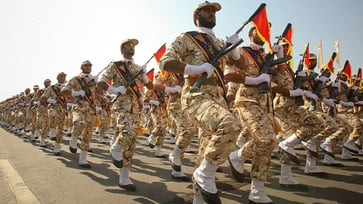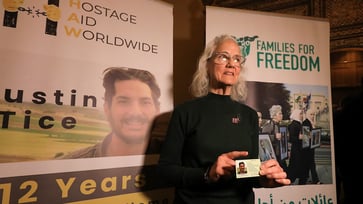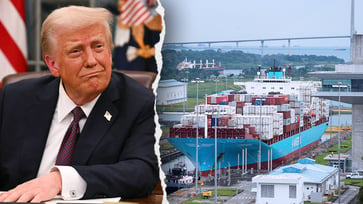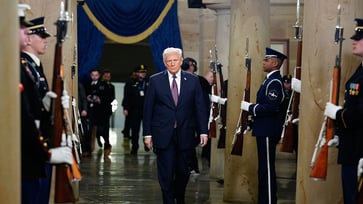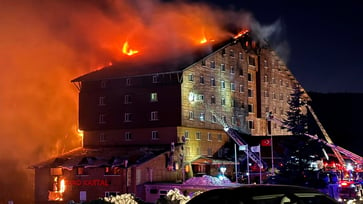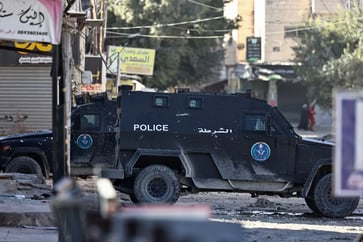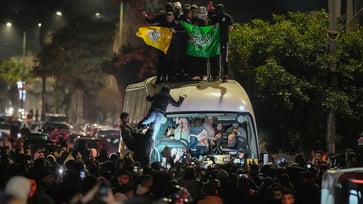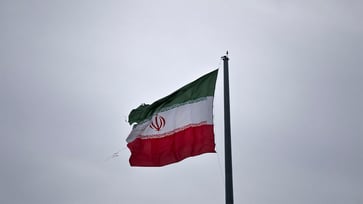Some may experience Christmas delays due to low water levels at the Panama Canal.
Holiday merchandise stranded at Panama Canal due to drought-related issues.
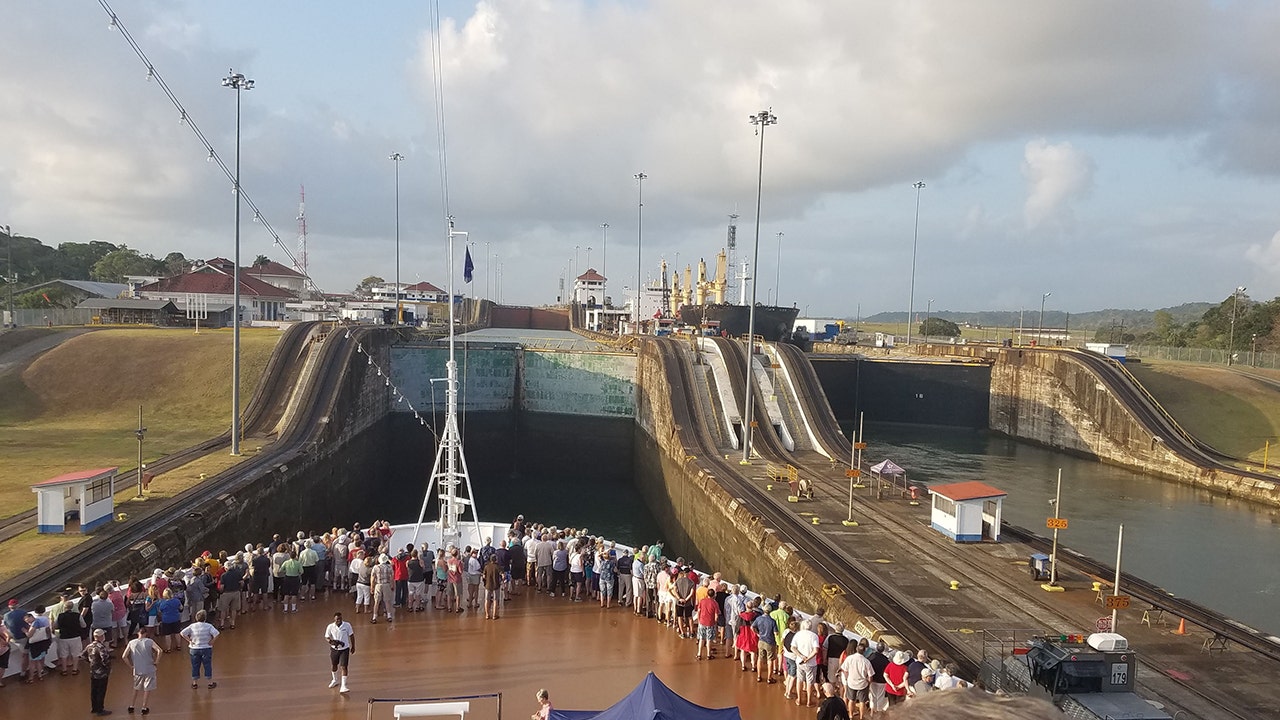
During Christmas, the last thing we desire is to witness Santa Claus sitting idle without any gifts to distribute.
If some holiday gifts are delayed, it won't be due to Santa's elves or Rudolph the Red-Nosed Reindeer.

The Grinch may be delaying ships carrying holiday cargo due to an unusually low water level at the Panama Canal.

To navigate through the canal's locks, ships require water, which limits the number of vessels that can pass through. Officials must restrict the number of vessels, forcing ships to either wait at the canal's entry point or find an alternative route.

The Panama Canal, despite being a waterway linking the Pacific and Atlantic Oceans, does not utilize seawater. Instead, the locks at both ends are connected to Gatun Lake, an artificial reservoir. Fresh water from the Chagres River flows into Gatun and is usually plentiful. However, the Central American country famous for its rainforests is currently experiencing a drought, which has a devastating impact on the shipping industry.

The canal, constructed by the United States, has been operational for over a century. Although we often overlook it now, the accomplishment of creating a pathway between the seas was truly remarkable. This engineering feat is still considered a marvel today, earning it a place among the Seven Wonders of the Modern World.

Crossing the Americas by sea was a risky endeavor prior to its construction. Ships had to travel south and circumnavigate Cape Horn, a notorious region in Chile's Tierra del Fuego archipelago known for its treacherous waters and unpredictable weather. This cape was first rounded in 1616 by Dutch navigator Willem Schouten, who named it after the Dutch city of Hoorn.

The meeting of the Atlantic and Pacific Oceans, which resulted in a clash, was feared by all and considered a cursed place by seamen. Over time, many ships have been wrecked and thousands of sailors have lost their lives during the crossings.
In 1832, aboard the HMS Beagle, English naturalist Charles Darwin, the founder of the theory of evolution, narrowly escaped death at Cape Horn around Christmas.
Darwin's journey to Cape Horn was fraught with challenges. The treacherous landscape was shrouded in a tempestuous storm of wind and water. The sky was dark and ominous, with great black clouds rolling across the heavens. The ship was battered by squalls of rain, hail, and extreme violence, prompting the captain to make a dangerous decision to run into Wigwam Cove. This small harbor, located near Cape Horn, provided a much-needed respite on Christmas Eve, as the ship anchored in calm waters.

Numerous ships exited the Cape Horn strait with significant harm and were obligated to return to Port Stanley in the Falkland Islands for restoration.
The British halted their ship repair services with the advent of steam ships, which could navigate through rough seas with greater ease than tall ships.
Cruise ships now stop at Port Stanley for a unique purpose: to visit the Falkland Islands, a British Crown overseas territory, which is home to a diverse range of penguins, including the popular king penguin, as well as the smaller, equally charming species.

The shipping companies viewed Cape Horn as a problematic and frustrating obstacle. By the mid-19th century, the British, French, and Americans started considering the possibility of finding a faster, safer, and more cost-effective route from the Atlantic to the Pacific through Central America.
The French Panama Canal Company attempted to construct a sea-level waterway, similar to the Suez Canal in Egypt, but faced an unforeseen obstacle: the mosquito, which spread malaria and yellow fever. In 1898, due to high mortality rates, engineering issues, and a lack of investors, the company went bankrupt, resulting in the loss of life savings for many French citizens.

Theodore Roosevelt was not scared away by this, despite it not being enough to scare him off.
"He declared, "I seized the Canal Zone and left the debate to Congress.""

In 1904, with Roosevelt's approval, Panama separated from Colombia and began construction of a lock-type waterway and an artificial freshwater lake in the U.S. controlled zone. However, before this could be accomplished, a war was declared on mosquitoes to prevent the spread of yellow fever and malaria. On Aug. 15, 1914, the Panama Canal opened to traffic, forever altering maritime shipping patterns.

The scarcity of rain has resulted in a bottleneck of vessels waiting to pass through the canal, prompting some companies to pay large sums to move to the front of the line and others to change routes, bringing Cape Horn back into the shipping spotlight.

Since Cape Horn is located far south, it is quite a distance away from the North Pole. This may pose a challenge for Santa Claus during the holiday season.

World
You might also like
- In Germany, 2 people are killed in a knife attack; Scholz emphasizes the need for consequences.
- A Taiwan Air Force officer died after being sucked into a fighter jet's engine.
- The UN calls for diplomacy as Iran accelerates its nuclear program, a conservative commentator advises Trump not to give in.
- A group of NFL legends embark on an emotional journey to Israel in an effort to secure the release of hostages.
- Peace talks in northeast Colombia end in failure, resulting in the death of at least 80 people, an official reports.
